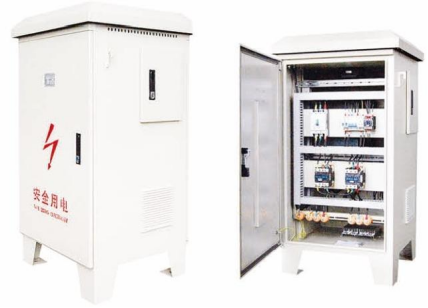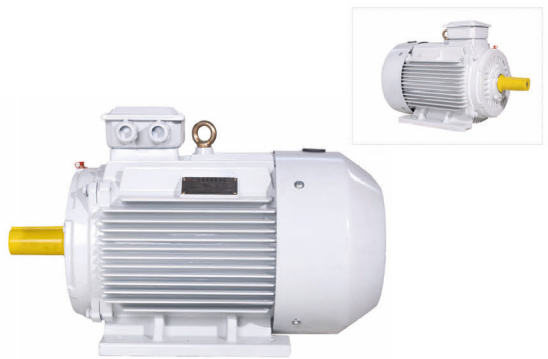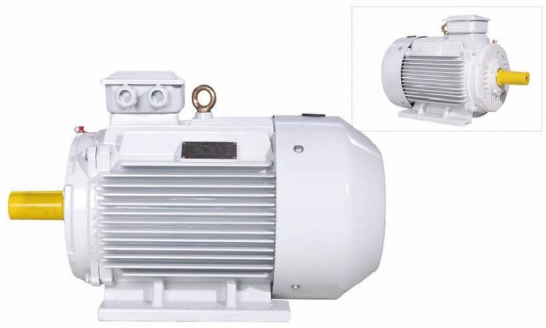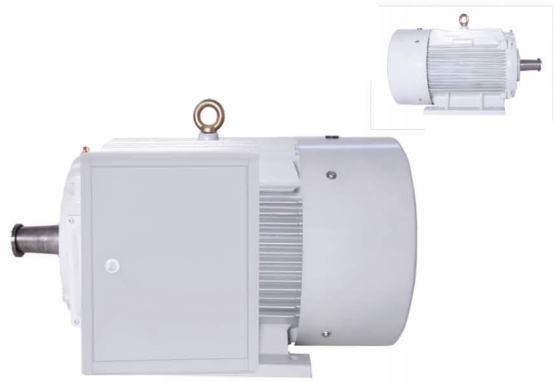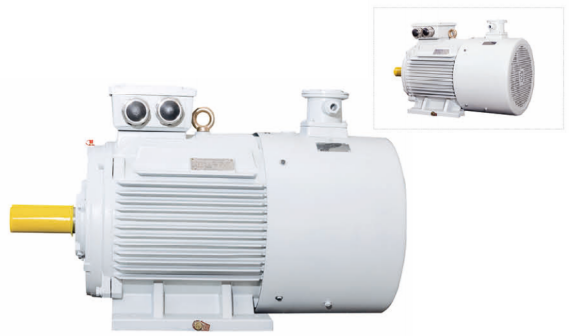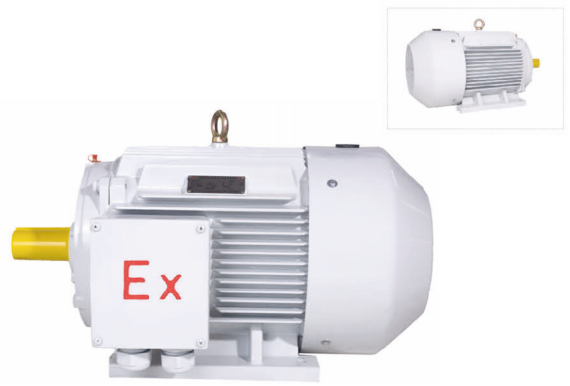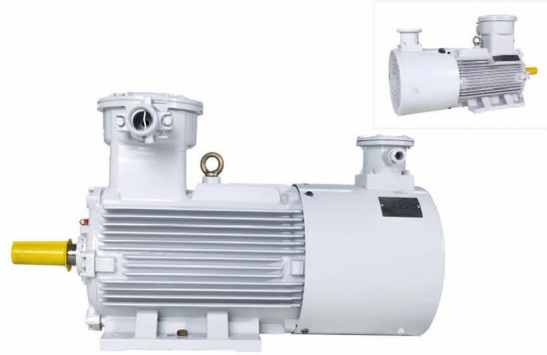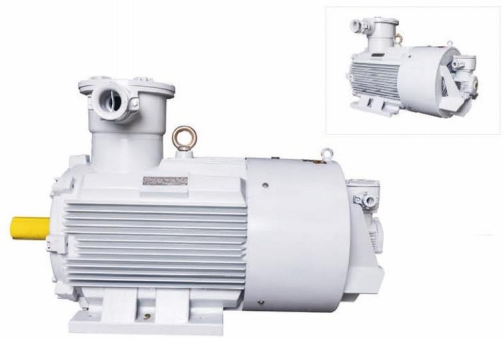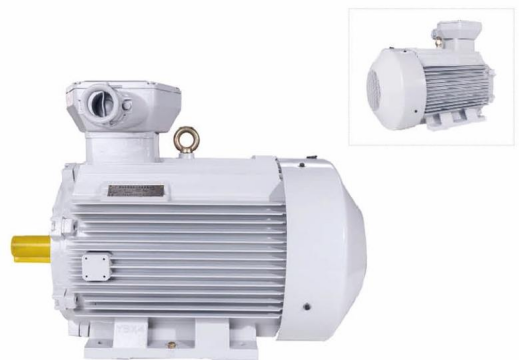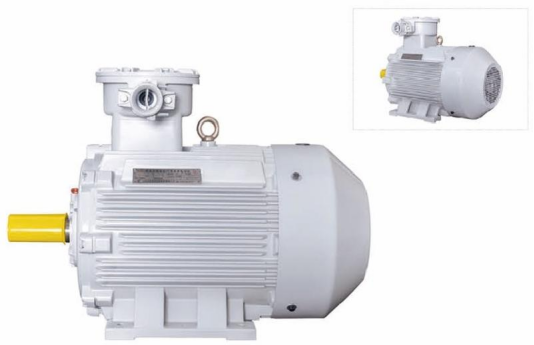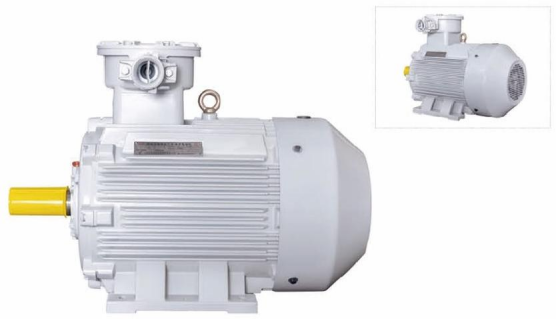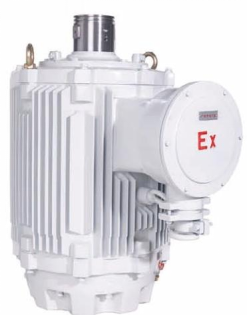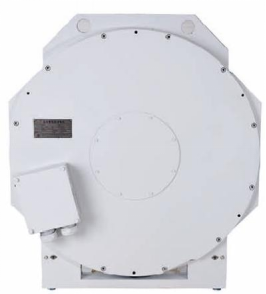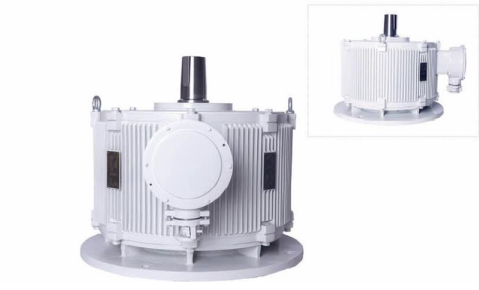Wedoany.com Report-Apr. 7, In Inner Mongolia, China, a massive 1.6GW solar project spanning 7,347 acres is now fully operational as of April 2025. Sineng Electric has supplied 854.72MW of string inverters to this $959 million initiative, which blends large-scale solar energy production with ecological preservation. The project site, located in a desert region, showcases how clean energy can support environmental sustainability.
Covering 7,347 acres, the project has an investment of 6.973bn yuan ($959.7m) and combines solar power generation with environmental conservation.
The installation features 2,671 units of Sineng Electric’s SP-350K-H1 string inverters, operating at 1500V. These advanced units include power-line communication and can handle 1.1 times their rated capacity. With anti-PID and PID recovery functions, they ensure consistent performance even in challenging grid conditions. The inverters also offer real-time IV curve scanning, allowing quick detection of issues like module mismatches through remote monitoring, reducing the need for on-site checks.
This solar initiative generates 3.155 billion kilowatt-hours of electricity each year, bringing in approximately 725 million yuan in revenue annually. By replacing traditional energy sources, it saves 951,300 tons of standard coal yearly, cutting emissions of smoke, sulfur dioxide, nitrogen oxides, and carbon dioxide. The project supports cleaner air and contributes to climate change efforts, aligning with global sustainability goals.
Beyond power generation, the setup aids ecological recovery. Solar panels reduce ground-level solar radiation, helping retain soil moisture and curb water evaporation. This fosters vegetation regrowth, vital in a region prone to desertification. Beneath the arrays, sand-stabilizing plants are cultivated on a large scale, combating soil erosion and enhancing land management. An official from Sineng Electric stated: “This project shows how technology can harmonize energy needs with nature’s recovery.”
The Inner Mongolia project stands as a model of integrating renewable energy with environmental care. It boosts the region’s shift to clean energy while tackling local challenges like desertification. The electricity produced supports consumption without relying heavily on imports, maintaining a balanced approach to resource use. Delegates visiting the site in early April 2025 praised its dual focus on power and conservation, noting its potential as a blueprint for future endeavors. With no disruptions reported, the initiative underscores Inner Mongolia’s growing role in sustainable development.
